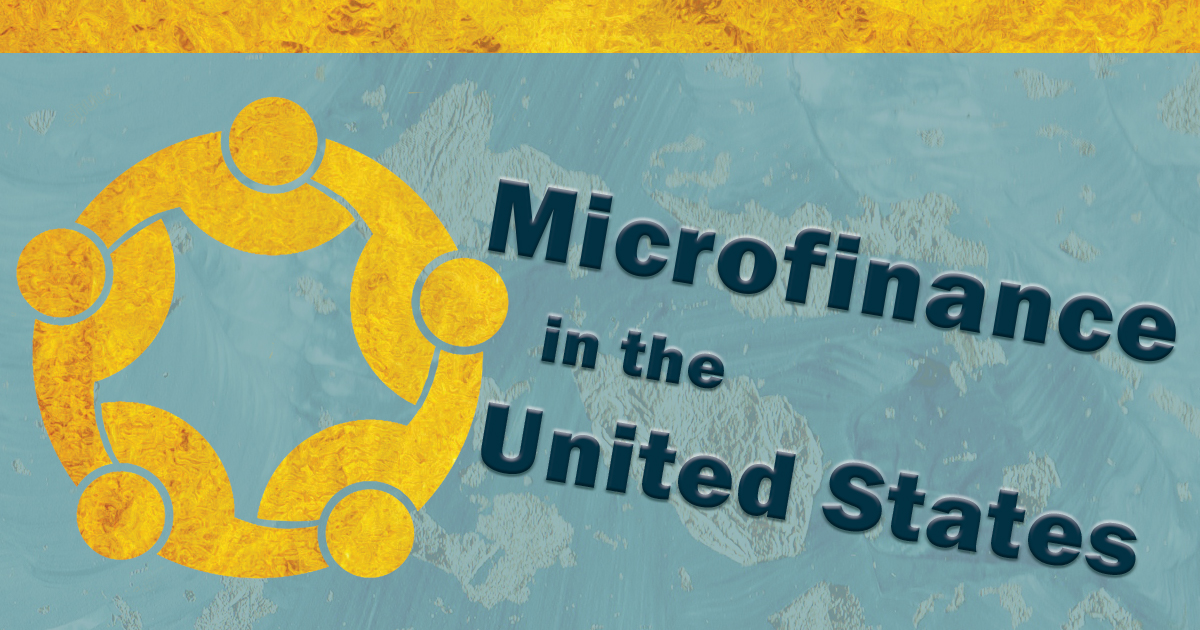Early Results of an MDRC Study of Grameen America
Microfinance in the United States
Early Impacts of the Grameen America Program

 This report summarizes early findings from the evaluation of the Grameen America program, a microfinance model that provides loans to low-income women in the United States who are seeking to start or expand their small businesses. The program is based on the Grameen Bank model developed in Bangladesh during the mid-1970s. Its objective is to reduce poverty through the provision of loans, financial training, and peer support.
This report summarizes early findings from the evaluation of the Grameen America program, a microfinance model that provides loans to low-income women in the United States who are seeking to start or expand their small businesses. The program is based on the Grameen Bank model developed in Bangladesh during the mid-1970s. Its objective is to reduce poverty through the provision of loans, financial training, and peer support.
The Grameen America evaluation is using a randomized controlled trial design to explore the mechanisms of program operations and whether the model leads to improved outcomes for borrowers. Special care was taken to design the evaluation to overcome some of the limitations observed in previous studies of microfinance programs. The evaluation includes an implementation analysis, which is examining how the program operates and the experiences of borrowers and program staff, and an impact analysis, which is assessing the program’s effects on participants’ outcomes, including wages and self-employment, earnings and other income, assets, and financial well-being. The impact findings in this report are based on sample members’ responses to a survey administered six months after the study began and credit report data from a major credit reporting agency. All outcomes in this report are considered mediating or secondary outcomes. The Grameen America evaluation is funded by the Robin Hood Foundation, and this report is made possible by Citi Community Development.
Key Findings
-
Initial findings from in-depth interviews with program participants indicate that borrowers often combine multiple sources of income to make ends meet. These findings suggest that the extent of investment in a small business may be contingent on other sources of income and specific household economic circumstances.
-
Six months after enrolling in the study, Grameen America group respondents are more likely to be operating their own business than control group respondents.
-
The Grameen America program produced improvements in several measures of material hardship— for example, how often the respondent ran out of money in the three months preceding the survey, the respondent’s ability to afford necessities, and the respondent’s current financial situation compared with the previous year. These effects are encouraging, as it is often difficult for any intervention to have an impact on measures of material hardship.
-
Grameen America group members were more likely than control group members to have established a credit record and have a VantageScore (an alternative to the more commonly used FICO credit score), and to have a “prime” VantageScore (a score in the highest range, between 650 and 850) at 7 to 12 months after study entry. This effect is promising: Credit scores are linked to access to mainstream financial markets, lower interest rates, and better employment opportunities.
These early findings are encouraging. It is too early to tell, however, whether the impacts will persist over the long term or translate into increases in overall income, one of the study’s primary outcomes. Future reports will present more information about Grameen America program operations, the experiences of borrowers and program staff, and longer-term impact findings on a wider range of outcomes, including earnings and income.







